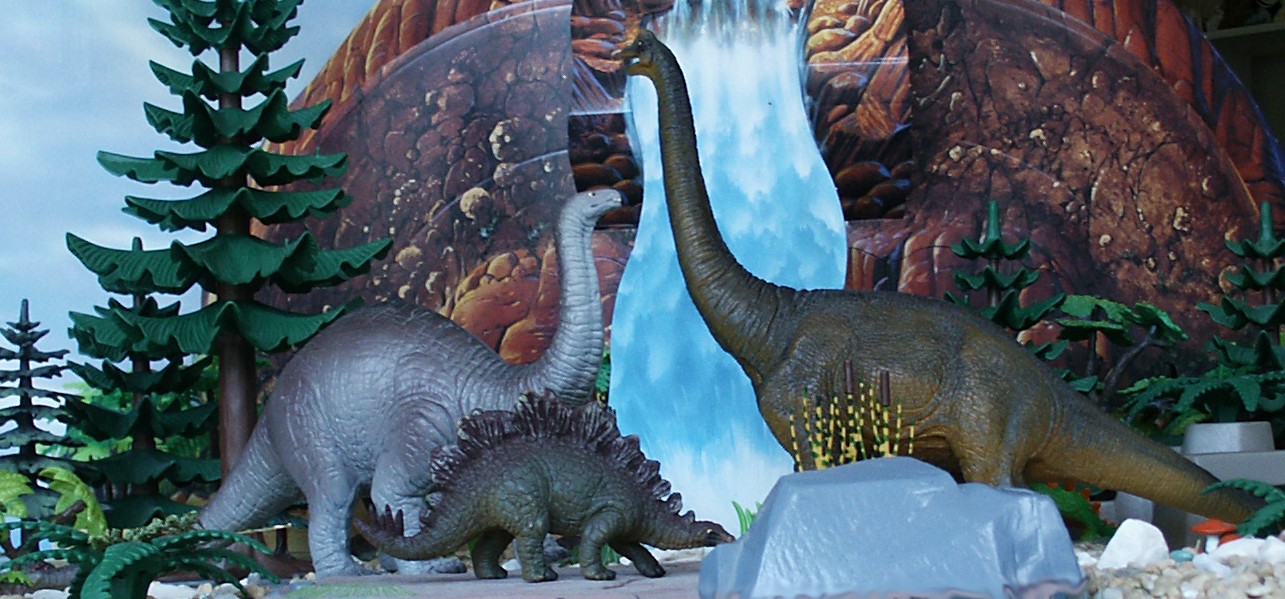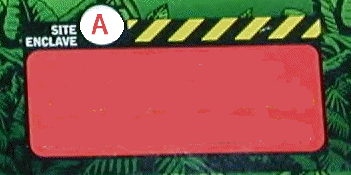LATE JURASSIC MORRISON FORMATION Sauropods.
updated 110213
Megafauna sauropods dominated the Morrison, and exhibited a tendency to increase in size, possibly caused by increasingly harsh and arid conditions, so that by the mid Tithonian they were truly gigantic. Then they suddenly died out, leaving a number of small dinosaurs, mammals, and lower vertebrates to carry on. The Morrison A B C D sauropods Apatosaurus, Brachiosaurus, Camarasaurus and Diplodocus dominate the the herbivore niche. Camarasaurs and the diplodocids are the most common, with brachiosaurs and Barosaurus being uncommon all others were rare.
The major families of sauropods would have practiced niche partitioning specializing in exploiting differing parts of flora. Diplodocids, Apatosaurus, Diplodocus and Barosaurus, show different tooth wear from adult macromanians, Camarasaurus and Brachiosaurus. While the giant animals feed at all levels the diplodocids were enhanced to feed lower while the macromanians are reconstructed with an advantage in high feeding.

Adult sauropods would have been dangerous prey but their young would have been an easier source. This size difference would have made parental care impractical.
